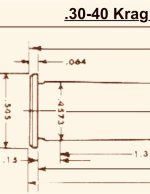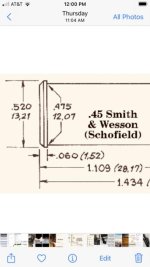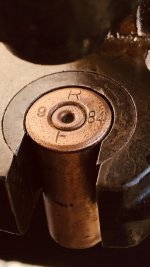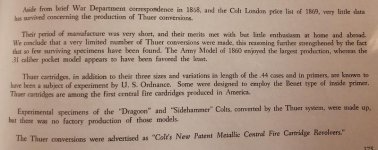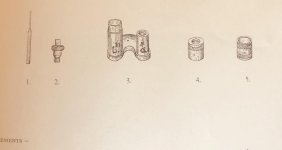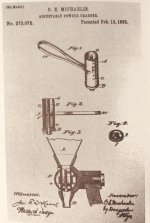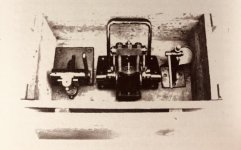Historically Accurate
Ok,
I changed my mind. Just to put this issue once and for all to rest. This is not a 30-40 Krag case holder.
I decided to clean and size the original circa 1884 Schofield 45
Case and sized it to .480 base diameter. Which is actually a little oversized for the original case diameter.
Look closely at the photos. The case is not a good fit in the tool. It is a "perfect fit" in the tool. The 30-40 Krag head is too big for this case holder. It is now 100% clearly proven to be a case holder for the 45 Schofield/ Colt original case as seen holding perfectly a circa 1884 original dug up 45 cal case. Literally 2 years after this tool was introduced. It doesn't get better than this example.
If you still can't see it? I can't help you.
Murph
Ok,
I changed my mind. Just to put this issue once and for all to rest. This is not a 30-40 Krag case holder.
I decided to clean and size the original circa 1884 Schofield 45
Case and sized it to .480 base diameter. Which is actually a little oversized for the original case diameter.
Look closely at the photos. The case is not a good fit in the tool. It is a "perfect fit" in the tool. The 30-40 Krag head is too big for this case holder. It is now 100% clearly proven to be a case holder for the 45 Schofield/ Colt original case as seen holding perfectly a circa 1884 original dug up 45 cal case. Literally 2 years after this tool was introduced. It doesn't get better than this example.
If you still can't see it? I can't help you.
Murph
Attachments
Last edited:

